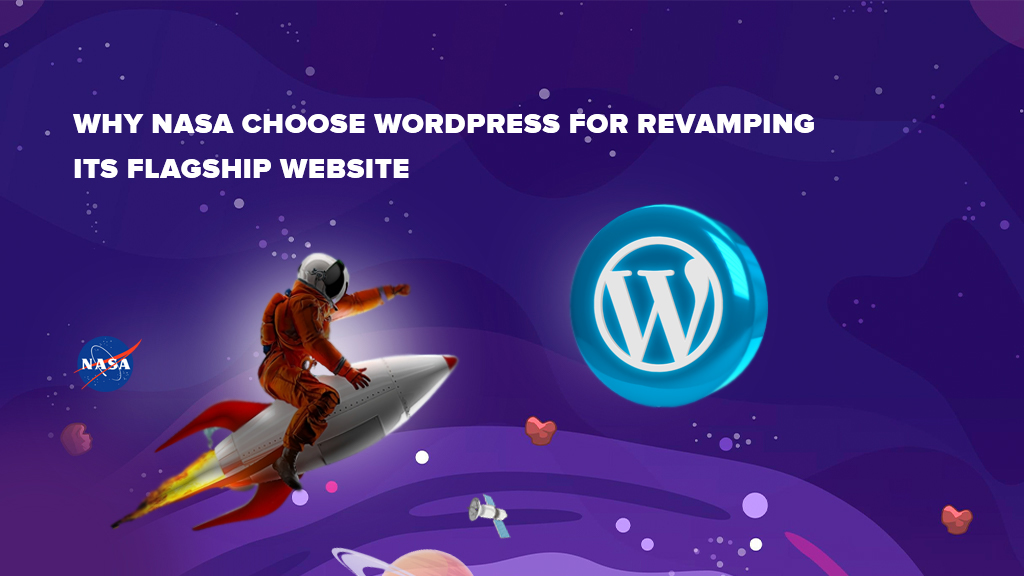Exploring Progressive Web Apps and Their Impact on Website Design
In a fast-paced digital world, user expectations for web experiences continue to rise. The need for websites that not only load quickly but also provide a seamless, engaging, and reliable experience has led to the emergence of Progressive Web Apps (PWAs). These web applications have revolutionized the way we think about website design and user interaction. In this blog, we will explore the advantages of PWAs, examine successful case studies, delve into their key features, discuss the development process, and analyze best practices for designing these apps. We’ll also take a look at popular examples, address their challenges and limitations, and explore future trends in Progressive Web Apps development, ultimately concluding on the future of website design with PWAs.
Advantages of Progressive Web Apps
PWAs offer a multitude of advantages. First and foremost, they provide a superior user experience. With faster loading times, enhanced responsiveness, and the ability to work offline, users can enjoy a seamless interaction with the web application. This leads to increased engagement and higher conversion rates. PWAs are also device-agnostic, which means they work smoothly on various devices and screen sizes.
Case Studies of Successful Progressive Web Apps
To truly understand the impact of PWAs, let’s look at some successful case studies.
- Flipkart – one of India’s largest e-commerce platforms, adopted a PWA. The result? A 70% increase in conversions, a 40% higher re-engagement rate, and a 3x lower data usage.
- AliExpress – an online retail giant, saw a 104% increase in conversion rates after launching their PWA.
Key Features of Progressive Web Apps
PWAs are powered by several key features that make them stand out.
- Service workers enable background syncing and the ability to work offline.
- Manifest files define how the app should appear on the user’s device, creating a native app-like experience.
- Push notifications allow re-engaging users with personalized content, while responsive design ensures the PWA adapts to different screen sizes and orientations.
How to Develop a Progressive Web App
Creating a PWA involves a few fundamental steps. Start by developing your website as you normally would, and then implement service workers for caching and offline access. Next, create a manifest file to define your app’s appearance and features. Ensure your web app is responsive to different screen sizes. Finally, set up push notifications to engage with your users.
Best Practices for Designing Progressive Web Apps
- Designing a successful PWA requires attention to detail.
- Ensure your PWA is mobile-first and loads quickly.
- Prioritize content above the fold, and keep navigation simple and intuitive.
- Test on various devices and browsers to ensure a consistent experience;
- And don’t forget to secure your PWA with HTTPS for user trust.
Examples of Popular Progressive Web Apps
Many well-known brands have embraced PWAs.
- Twitter Lite provides a fast, data-efficient way to use the social media platform.
- The Washington Post offers a high-quality reading experience.
- Starbucks uses a PWA for mobile ordering. These examples illustrate how diverse industries can benefit from PWAs.
Challenges and Limitations of Progressive Web Apps
While PWAs offer many advantages, they do come with challenges.
- Limited access to certain device features, such as Bluetooth, is a common limitation.
- Some users may be hesitant to grant necessary permissions, affecting the user experience.
- Browser compatibility can also be an issue, although support for PWAs is continually improving.
Future Trends in Progressive Web App Development
The future of PWAs is promising. As web technologies evolve, we can expect even more advanced features and capabilities. Improved access to device features, enhanced performance, and seamless integration with native apps are all on the horizon.
Conclusion: The Future of Website Design with Progressive Web Apps
In conclusion, Progressive Web Apps are reshaping website design by providing faster loading times, offline access, and a superior user experience. Successful case studies and real-world examples demonstrate their impact on user engagement and conversions. As web technologies continue to advance, the future of website design undoubtedly includes a prominent role for PWAs. In this dynamic digital landscape, partnering with a leading Web Application Development Company in Dubai can be your gateway to harnessing the power of Progressive Web Apps (PWAs) for your online presence and ensuring a competitive edge in the market.










